|
There are times when thoughts crash together to make a whirlwind of sense. Tonight, walking the dog down a moonlit country road, was one of those times. The moon is always facing the Earth the same way. Now, I haven't been able to find much on the odds against this being the case, but I did find a Forbes article on the probability of the moon being as it is at all: www.forbes.com/sites/brucedorminey/2015/06/27/earth-moon-combination-is-likely-very-rare-study-confirms/ You won't find much out there to answer the question of odds. You'll find some stuff about rotation, some arguing that it wasn't always this way, some saying it's gravity. But the actual odds on finding yourself with a moon that always faces (a face, to boot!) towards its planet, well. Well before that line of inquiry everyone seems to draw a line. Howsoever this may be, there's talk of the moon ringing like a bell when something large and metallic like a space probe is crashed into it, on which NASA goes into flights of fancy about moon bases that have to be built to withstand 'moonquakes' on the strength of these astronautical findings. Ask your search engine, "why does the moon ring like a bell," and you will find echoing back to you no answers at all. Not a single one. The moon shines by reflecting photons from the sun. The surface of the moon from which these photons bounce has a quality that gives an eerie white, bright light, and curious to know if our moon is peculiar in this respect, I was surprised to again find no answer to the simple question, "is our moon brighter than most?" But it is the fifth largest of the 190 (or so) moons in our solar system. There are a lot of moons in our solar system, so they are not uncommon things. The other planets in the solar system, however, are lifeless (at least by comparison), positioned as they are beyond the Goldilocks Zone. I'd hazard a guess that Mars has been here and Venus is set to arrive next, but at the time of writing, Earth alone occupies the narrow band of life-support promised from the sun. Promised, that is, if the planet hosted therein has the resources necessary to sustain hosts of its own. Fair to say we're doing a pretty poor job of planetary husbandry. "Could do better," would be written on our Report. Meanwhile, as we scrabble for solutions nobody's taking any notice of, designs like this are appearing on our rural floors with persistent regularity: ...to be met with complaints from farmers over lost cereals and declarations of vandalism by people with planks. Some of these designs are beyond general comprehension, and most would take weeks to complete, were the technology available to alter plant stems this way. Machinery would be necessary, you couldn't reach such precision with sticks and bits of string; as for laying the pattern, planks strapped to people's feet just wouldn't cut it. And nobody's been caught in the act, bar a few little lights skipping around being unidentified. Just ask your search engine for "balls of light around crop circles" - you'll be presented with a wide choice of video footage. As a final shout on the crop-formation front, there's this one: http://secret-teachings.blogspot.com/2008/02/doors-of-perception.html The story cannot end there. Designs such as these give hints, if not direct references, to developmental progress and means of obtaining global traction. But they are not being researched or investigated in this way and their geometry is not being analysed; the inherent code within them goes undeciphered while professionals dismiss these vast images as the work of pranksters.
To incorporate the degrees of precise relativity featured in these designs, they would have to be mapped from above. Fine detail within each section of illustration is achieved by laying stems at exact angles to each other; overall, given the size of the vista, this effect could not possibly be made as perfect as it is without visual appraisal at height and a lot of complex mechanics. Is someone trying to tell us something? Should we not be following up on what that might be? Do we really have that much time to waste on constant Plank theories?
0 Comments
Leave a Reply. |
AuthorKathy is the author of Quantumology. She met up with quantum mechanics in 1997, pledging allegiance to its sources thereafter. These are her personal thoughts and testimonies. Archives
April 2023
|
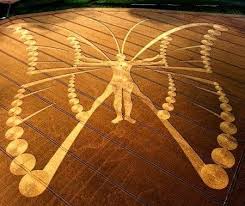
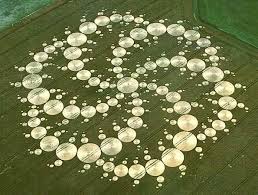
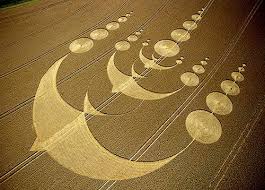
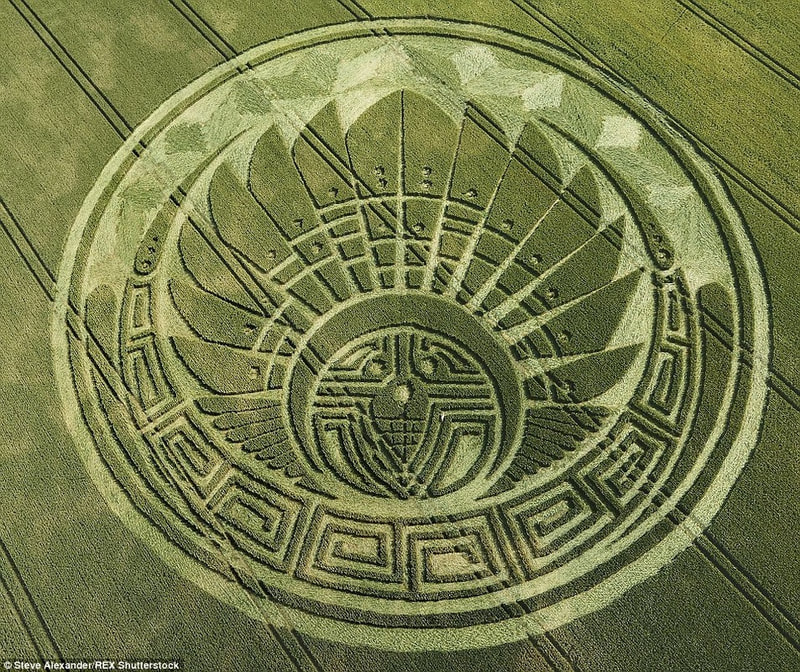
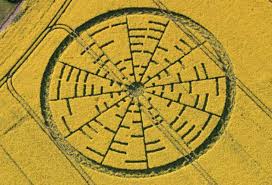

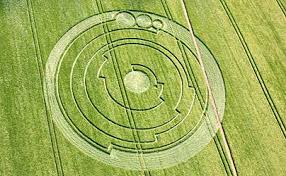

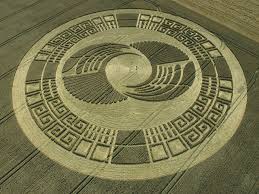

 RSS Feed
RSS Feed